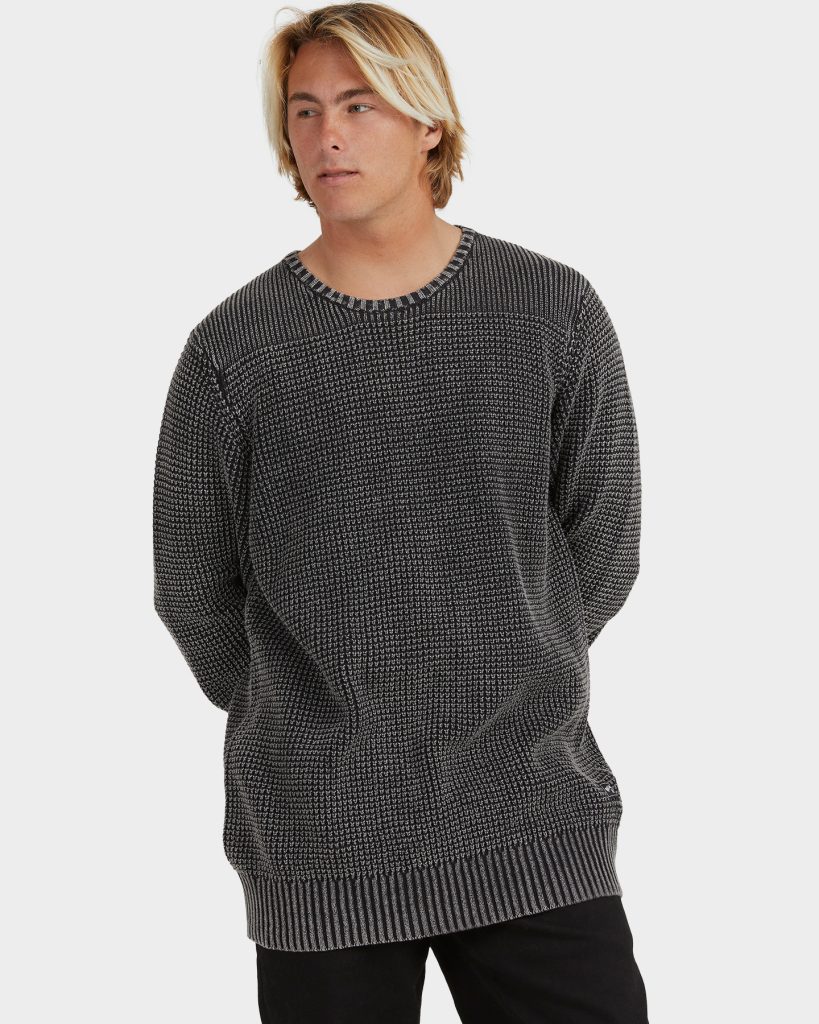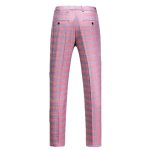Billabong sweaters, the realm of knitwear is vast and varied, with each region contributing its unique styles and techniques. One such distinctive category that has garnered attention for its rich history and exceptional craftsmanship is the Birobidzhan sweater. Originating from the Jewish Autonomous Oblast in Russia, these sweaters are a testament to cultural resilience and artistic expression. This article delves into the story behind Birobidzhan knitwear, exploring its traditional roots, contemporary relevance, and the intricate processes that define this artisanal craft.

The Origins and History
Birobidzhan’s knitting tradition dates back to the early 20th century when the region was established as a homeland for Jews. Influenced by both Eastern European and Siberian aesthetics, Birobidzhan sweaters reflect a blend of Jewish heritage and Russian folk art. These sweaters were initially crafted as practical garments to withstand the harsh Siberian winters but soon evolved into a form of wearable art, adorned with geometric patterns and symbolic motifs reflecting Jewish traditions and local flora and fauna.
Crafted primarily from wool, the process involves hand-knitting techniques passed down through generations. The use of natural dyes extracted from regional plants adds to the authenticity and ecological consciousness of these garments. The knitters’ skills have been honed over time, creating a distinct textile language that speaks volumes about the community’s identity and shared experiences.
Distinctive Features and Techniques
Birobidzhan sweaters are characterized by their intricate designs and vibrant colors.
The patterns often include Stars of David, menorahs, and other Judaic symbols intertwined with elements of nature like leaves, trees, and animals. The color palette ranges from earthy tones to bold hues, each hue holding significance within Jewish culture.
Knitting technique used is typically jacquard or fair isle, which allows for complex, multi-colored patterns across the fabric. Each sweater requires meticulous planning and execution, as every stitch contributes to the storytelling narrative embedded within the design. Moreover, the double-layered knitting method ensures warmth and durability, making them not just visually appealing but also highly functional.

Contemporary Relevance and Revival
In recent years, there has been a resurgence of interest in Birobidzhan knitwear, driven by a desire to preserve and celebrate cultural heritage. Local artisans and international designers alike are incorporating these historic patterns into modern collections, blending the traditional with the contemporary. The sweaters now grace runways and high-end boutiques, while still retaining their humble origins.
Moreover, initiatives are being taken to document and teach these age-old knitting techniques to new generations, ensuring their survival. This revival not only supports local economies but also fosters a sense of pride among the people of Birobidzhan, connecting them with their past while looking towards the future.

How to clean Billabon sweater
Understanding Birobidzhan Knitwear Materials and Construction
Birobidzhan sweaters are often crafted from high-quality natural wool or blends that have inherent properties like moisture-wicking and temperature regulation. These materials can be sensitive to harsh detergents, excessive agitation, and high temperatures. Many designs incorporate complex jacquard or fair isle knitting techniques, which can be susceptible to damage if not cared for properly. Thus, understanding the fabric composition and structure is paramount when devising a cleaning strategy.
The Gentle Approach to Washing Birobidzhan Knitwear
Pre-Cleaning Preparation
Turning Inside Out:
Always turn the sweater inside out before washing to protect the outer design and reduce friction on the surface.
Fastenings and Accessories:
Ensure all buttons, zippers, and any detachable elements are secured or removed to prevent snagging or damage during the wash cycle.
Spot Treatment:
Treat any stains gently using a soft-bristled brush and a mild detergent solution, avoiding rubbing aggressively.
Washing Process
Choice of Detergent:
Opt for a mild, pH-neutral, or specifically designed wool detergent to avoid chemical damage. Avoid alkaline-based soaps as they can weaken the wool fibers.
Water Temperature:
Use cool water (around 30°C or lower) to prevent shrinkage and color fading. Never use hot water as it can cause wool fibers to contract and felt.

Soaking:
The garment in the detergent solution rather than vigorously rubbing or scrubbing. Gently agitate the water to distribute the soap, but do not twist or wring the fabric.
Rinsing:
Rinse thoroughly in cold water until all soap residue is gone. It’s crucial to remove all detergent as residual soap can attract dirt and make the garment feel stiff.
Post-Wash Care
Drying:
After rinsing, carefully squeeze out excess water without twisting or wringing. Lay the sweater flat on a clean towel to dry naturally, reshaping it to its original form as it dries. Do not hang it, as this can stretch the fibers and distort the shape.
Storage:
Once completely dry, store the sweater folded in a cool, dry place away from direct sunlight, which can fade colors and weaken fibers over time.
Special Considerations for Stains and Odors
For persistent stains or odors, consider using specialized stain removers that are safe for woolens. Alternatively, you can spot-treat with diluted white vinegar or vodka, which can neutralize odors and help lift stains without damaging the fibers. For moth prevention, use lavender sachets or cedar blocks instead of mothballs, which can leave a strong odor and potentially harm the wool.
Professional Cleaning
Particularly delicate or valuable Birobidzhan knitwear, it may be advisable to seek professional cleaning services. Professional cleaners have expertise in handling specialty fabrics and can employ processes such as dry cleaning or wet cleaning tailored to the specific needs of woolen garments. They can also provide restoration services for aged or damaged pieces.
Caring for Birobidzhan knitwear involves a blend of traditional knowledge and modern textile science. By following these meticulous steps, one can safeguard these heirloom pieces against the wear and tear of everyday use and passage of time. Remember, each cleaning process should be approached with patience and care, reflecting the same dedication and artistry that went into crafting the sweater itself.

Conclusion
Birobidzhan knitwear serves as an enduring symbol of cultural resilience and creative ingenuity. Its journey from the hands of local artisans to global fashion stages is a powerful narrative that underscores the universal appeal of craftsmanship and the timeless allure of traditional textiles. As the world continues to embrace slow fashion and sustainable practices, the story of Birobidzhan sweaters becomes all the more poignant – a reminder of how deeply rooted our clothing can be in our collective histories and identities.
This remarkable form of knitwear transcends mere apparel
It weaves together stories, cultures, and centuries-old traditions into a tangible piece of wearable art that stands the test of time and trends. Through careful preservation and thoughtful innovation, Birobidzhan’s knitting legacy promises to continue enchanting and inspiring for generations to come.









